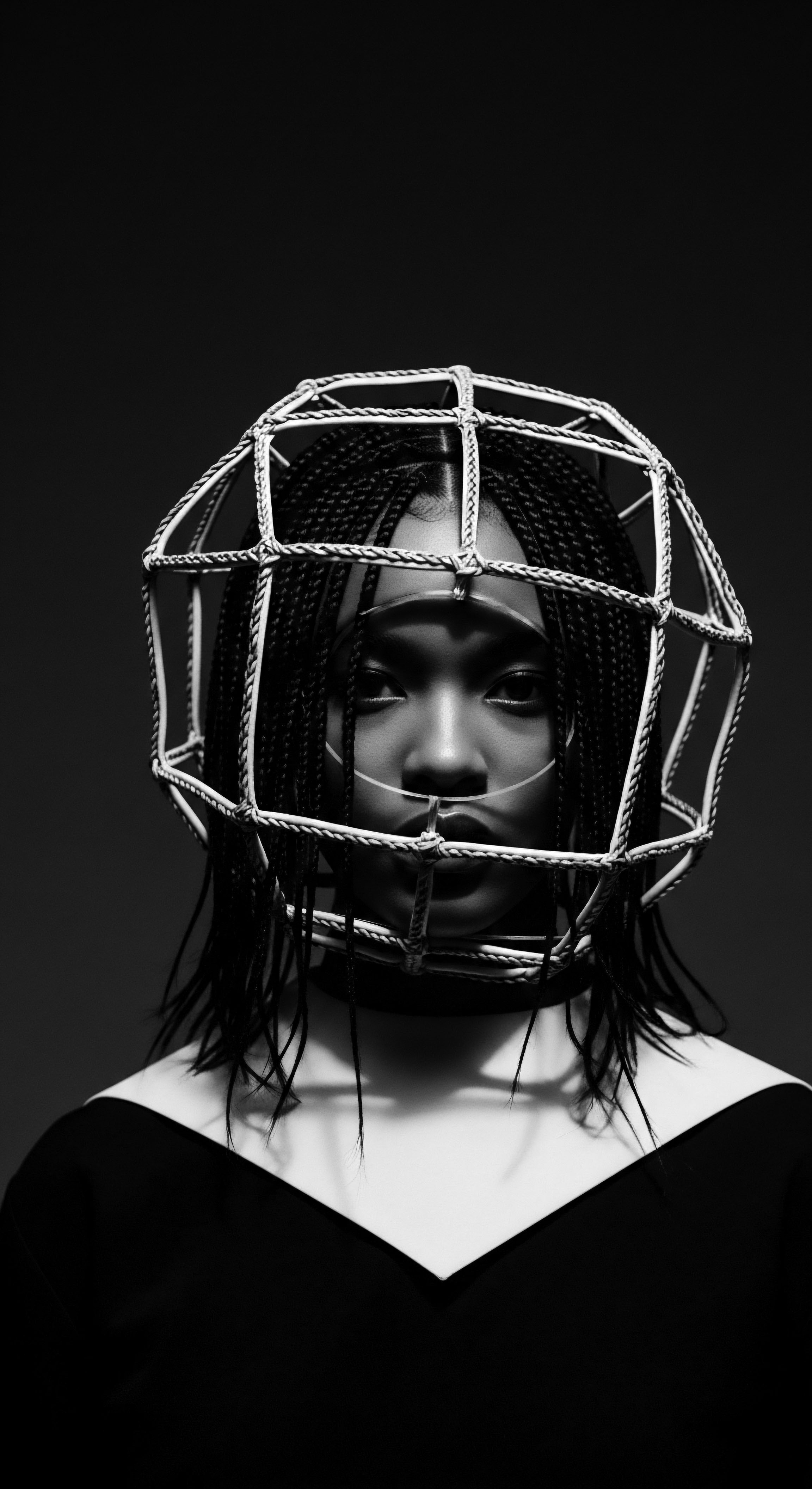
Roots
The conversation about textured hair, particularly its nighttime sanctuary, is not merely a discussion of trichology or regimen; it unfolds as a profound dialogue with ancestry, a living archive of resilience etched into each coil and curl. To understand why night protection stands as an immutable pillar of textured hair care, we must first trace its very essence—the architecture of the strand itself and the timeless wisdom that has long recognized its delicate grandeur. For those of us whose crowns bear the legacy of tightly wound helices, of hair that defies gravity and dances with moisture, the nocturnal hours present a unique vulnerability. It is during these hours, as we seek repose, that our hair, unprotected, can encounter surfaces that draw moisture from its core, inviting friction that can compromise its very integrity.
Consider the remarkable structure of textured hair, often characterized by its elliptical cross-section and numerous bends along the fiber. This intricate geometry, while granting it incredible volume and expressive power, also creates points of natural weakness. Each twist and turn represents a potential site for breakage, a delicate nexus where the cuticle, the hair’s protective outer layer, is lifted or disrupted more readily than with straight hair.
This inherent fragility, a biological truth, was not lost on our foremothers and forefathers. They, with their keen observations born of necessity and survival, understood the intimate connection between hair health and overall wellbeing, often long before modern microscopes could peer into the cellular landscape.
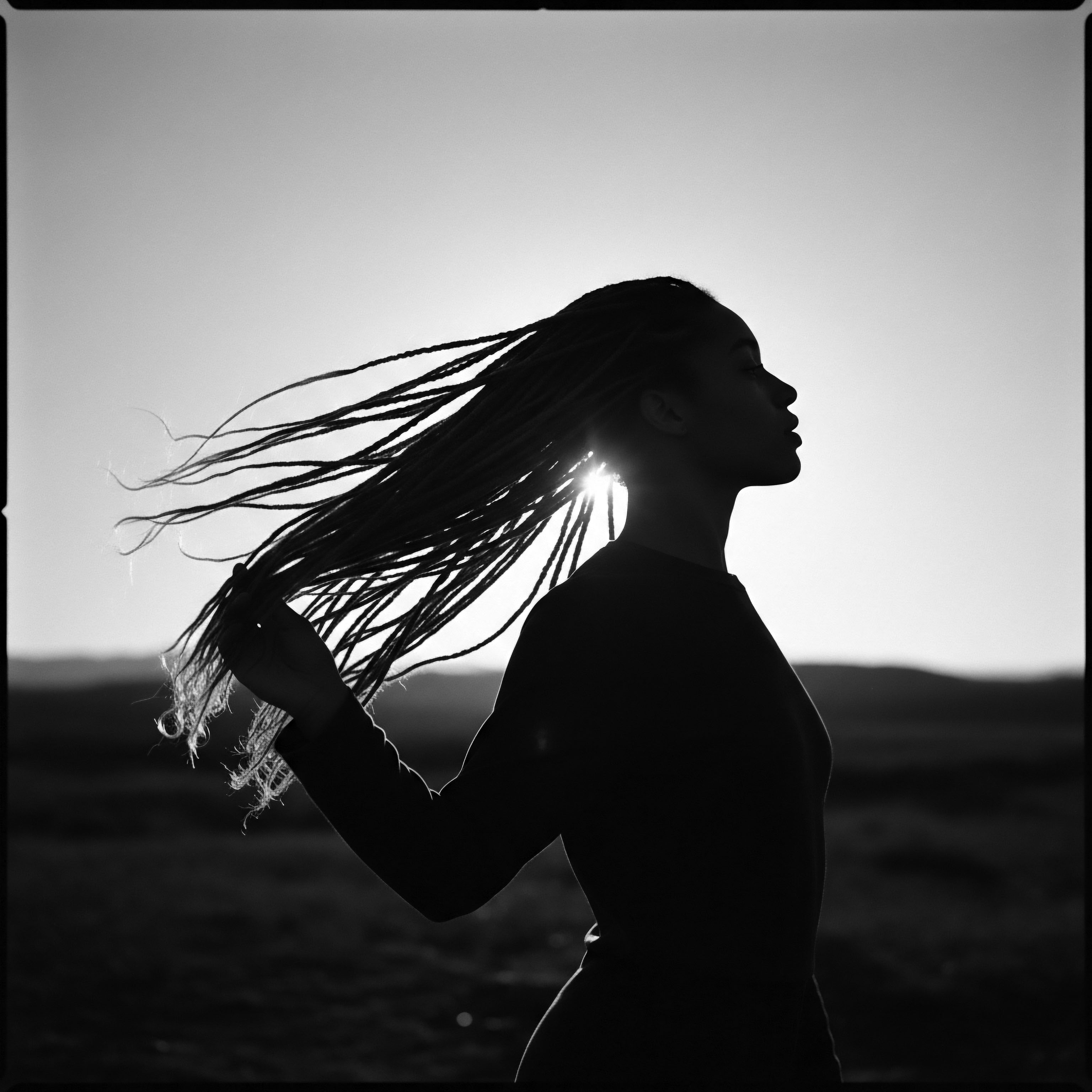
The Ancestral Understanding of Hair Anatomy
Long before the scientific lexicon of today, communities across the African continent and within the diaspora developed a sophisticated, albeit unwritten, knowledge of hair anatomy. Their understanding stemmed from lived experience, passed down through generations of care rituals. They observed how hair behaved, how it reacted to different environments, and what sustained its vitality. The act of separating hair into sections, of gently detangling, of oiling the scalp and strands—these practices speak to an intuitive grasp of the hair’s structure and its needs, including the subtle damage that could occur during periods of rest.
The nocturnal safeguarding of textured hair echoes ancient understandings of its unique structure and inherent vulnerability.
This ancestral wisdom often manifested in practices that minimized manipulation and protected the hair from environmental stressors. The very concept of “protective styles” has roots that stretch back through centuries, born not just of aesthetics, but of a deep practicality for maintaining hair health in various climates and demanding lifestyles. Night protection, then, is a direct descendent of this practical wisdom, a continuation of a heritage that understood hair as a precious, living extension of self, deserving of deliberate, thoughtful preservation.
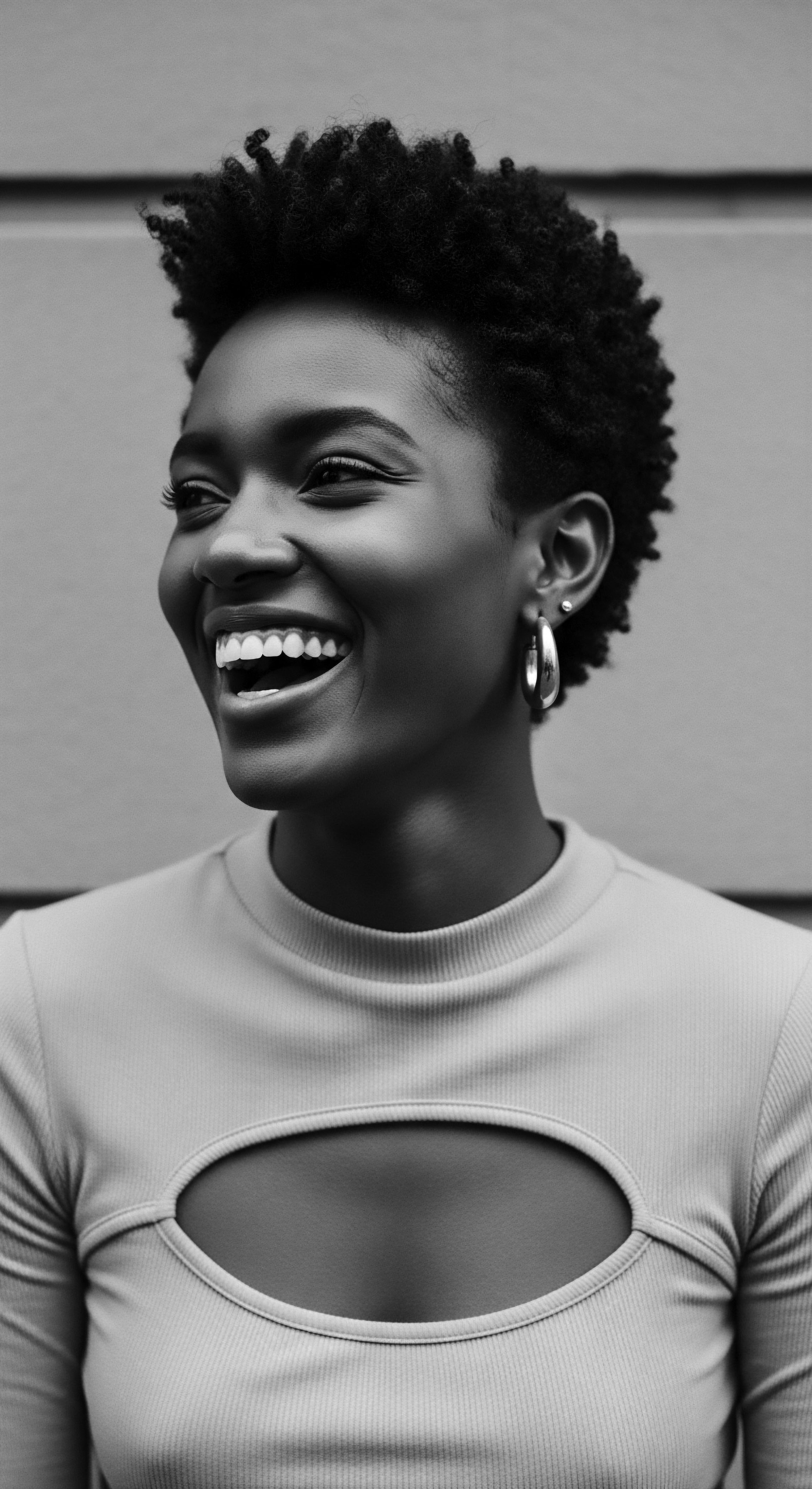
How Hair Growth Cycles Inform Night Protection?
The journey of a single strand, from its emergence to its eventual release, follows distinct cycles ❉ anagen (growth), catagen (transition), and telogen (rest). For textured hair, these cycles, while universal, interact with the hair’s unique morphology in ways that heighten the importance of consistent care. The anagen phase, where hair actively grows, is particularly vulnerable to damage that can impede length retention.
External stressors, like friction from pillowcases, can cause micro-abrasions along the cuticle, leading to breakage that prematurely shortens the strand’s life cycle. This constant abrasion over time can effectively stunt visible growth, even if the follicular activity continues.
Ancestral practices, though not framed in scientific terms of “anagen” or “catagen,” intuitively supported healthy growth by minimizing stress. Consider the use of natural fibers like silk or satin within traditional African garments or head coverings. These materials, known for their smooth surfaces, would have reduced friction, thereby allowing hair to progress through its growth cycle with fewer impediments. The recognition of hair as a life-giving force, often linked to fertility, wisdom, or status in many traditional societies, underpinned a commitment to its healthy, unimpeded growth, a commitment that extended to safeguarding it even during slumber.
The understanding of a hair’s lifecycle, from a historical and cultural perspective, was intertwined with a reverence for the hair’s symbolic power. The ability to grow long, healthy hair was often a marker of vitality and connection to ancestral spirits. Thus, practices that encouraged this growth, including protection during vulnerable times, became integral to the tapestry of heritage.
| Ancestral Practice/Observation Headwraps, bonnets, and other protective coverings for sleep or daily wear. |
| Modern Scientific Understanding Reduces friction against rough surfaces (cotton), preserves moisture, and prevents tangling and breakage. |
| Ancestral Practice/Observation Use of natural oils (e.g. shea butter, castor oil) on hair and scalp before rest. |
| Modern Scientific Understanding Seals moisture into the hair shaft, providing a protective barrier and reducing dehydration during sleep. |
| Ancestral Practice/Observation Intricate braids, twists, or cornrows kept in for extended periods. |
| Modern Scientific Understanding Minimizes manipulation, reduces exposure to environmental stressors, and provides a physical shield for delicate strands. |
| Ancestral Practice/Observation The enduring wisdom of ancestral hair care practices finds profound validation in contemporary trichological understanding. |

Ritual
The passage of day into night, for countless generations, marked not just the end of labor but the commencement of a particular ritual for textured hair. This was not merely about aesthetic preservation; it was an act of profound self-care, a quiet ceremony that spoke to the hair’s spiritual and cultural weight. Night protection, then, transcends a simple regimen; it is a continuity of tender tradition, deeply etched into the communal memory of Black and mixed-race peoples. This nightly tending, honed over centuries, is a testament to an inherited wisdom that understood the interplay of environment, material, and human touch on the delicate helix.
The act of wrapping hair, perhaps in a silk scarf, or securing it within a bonnet, is not a recent innovation. Its roots coil deep within the rich soil of African and diasporic heritage. As Ayana Byrd and Lori Tharps illuminate in their significant work, “Hair Story ❉ Untangling the Roots of Black Hair in America” (2001), headwraps, in their myriad forms and functions, have been central to Black women’s lives for centuries. These coverings, whether the elaborate geles of West Africa, the vibrant duku of Southern Africa, or the simpler head-ties of the Caribbean and American South, were not solely statements of fashion, spiritual observance, or social status.
At their core, they served a vital, practical purpose ❉ the preservation of hair. During sleep, they provided an invaluable barrier against the abrasive forces of rough sleeping surfaces, keeping coils compressed and protected, thus minimizing friction and moisture loss. This historical practice directly informs our contemporary understanding of night protection’s critical role.
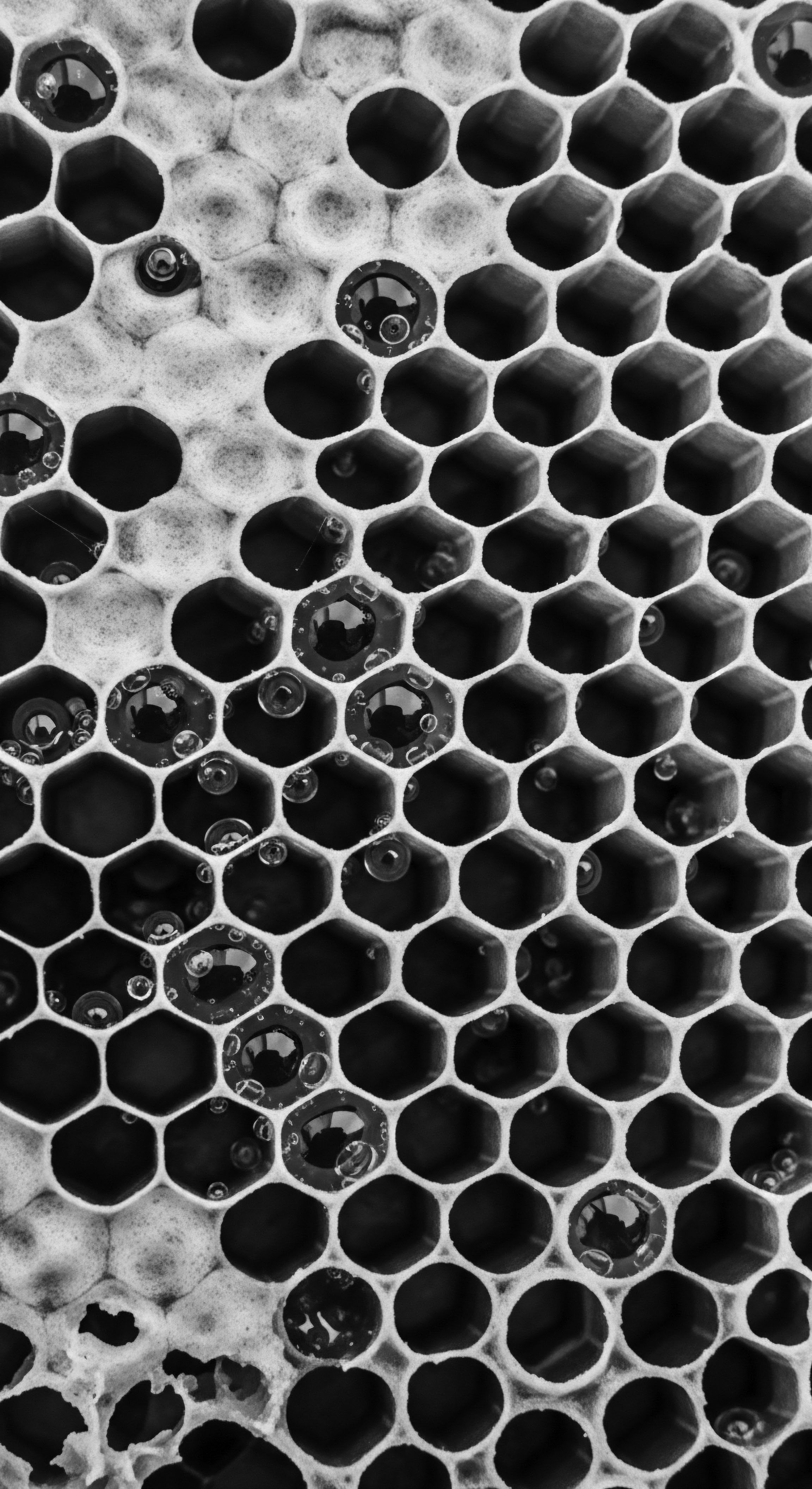
How Does Material Choice Influence Nighttime Hair Health?
The selection of materials for night protection holds profound significance, a lesson passed down from our ancestors. Cotton, a ubiquitous fabric in many parts of the world, is highly absorbent. While wonderful for towels, it is a thirsty adversary for hair, drawing moisture from the strands as one sleeps. This desiccation can lead to dryness, brittleness, and ultimately, breakage, particularly for textured hair, which is already prone to moisture loss due to its structural characteristics.
The choice of smooth, non-absorbent materials for night coverings is a quiet revolution born from generations of observed hair behavior.
Contrast this with the smooth, tightly woven fibers of silk or satin. These materials allow hair to glide effortlessly, minimizing friction and preventing the cuticle from roughening or snagging. Furthermore, their non-absorbent nature means that the precious moisture applied to the hair during a nightly routine remains where it belongs—within the hair shaft.
This understanding of material properties, though perhaps not articulated in scientific terms, was a fundamental part of the inherited knowledge that guided hair care. The preference for smoother, less abrasive coverings for the head, whether for daily wear or nightly rest, speaks to a deeply ingrained awareness of hair’s needs.
- Silk Scarves ❉ Treasured for centuries, silk offers an exceptionally smooth surface, allowing hair to glide without friction and retaining its natural moisture.
- Satin Bonnets ❉ A more accessible alternative to silk, satin provides similar benefits in terms of friction reduction and moisture preservation, a modern iteration of ancestral wisdom.
- Pineapple Method ❉ A technique of gathering hair loosely on top of the head and securing it with a scarf or bonnet, reducing contact with pillows.

Protective Styling ❉ A Legacy of Preservation?
The art of protective styling, practiced for millennia across various African cultures, represents a foundational aspect of textured hair heritage. Styles like braids, twists, and cornrows were not merely aesthetic choices; they were strategic defenses against environmental damage and a means of preserving length. These styles inherently offer a degree of night protection by containing the hair, minimizing tangling, and reducing exposure to abrasive surfaces during sleep.
Consider the intricate braiding patterns found on ancient Egyptian tomb paintings or the elaborate coiffures of various West African ethnic groups. These styles were often kept for extended periods, their longevity a testament to their protective function. When hair is gathered and secured, the individual strands are less exposed to the mechanical stress that can lead to breakage.
This ancient foresight directly parallels the modern understanding that minimizing daily manipulation and protecting hair at night are cornerstones of length retention and hair health. The nighttime ritual of covering these protective styles, or even simpler untied hair, simply amplifies their inherent benefits, reinforcing the longevity of the style and the health of the strands within.
The continuity of these practices, from historical necessity to contemporary choice, underlines a profound understanding of hair’s fragility and the importance of continuous, gentle care. The wisdom passed down through generations, often through the communal act of hair dressing, taught that the journey of hair health extended beyond the waking hours, into the sanctity of night.
| Historical/Traditional Practice Headwraps worn for daily practicalities and cultural expression. |
| Modern Application for Night Protection Silk or satin scarves and bonnets specifically designed for sleep, retaining hair's moisture and style. |
| Historical/Traditional Practice Overnight application of natural oils (e.g. palm oil, coconut oil) to hair and scalp. |
| Modern Application for Night Protection Use of lightweight leave-in conditioners and sealing oils before bed to nourish and protect. |
| Historical/Traditional Practice Hair styled into tight braids or coils before rest. |
| Modern Application for Night Protection Loose braids, twists, or the "pineapple" method to prevent tangling and preserve definition. |
| Historical/Traditional Practice The enduring legacy of protecting textured hair at night bridges centuries of wisdom with present-day solutions. |
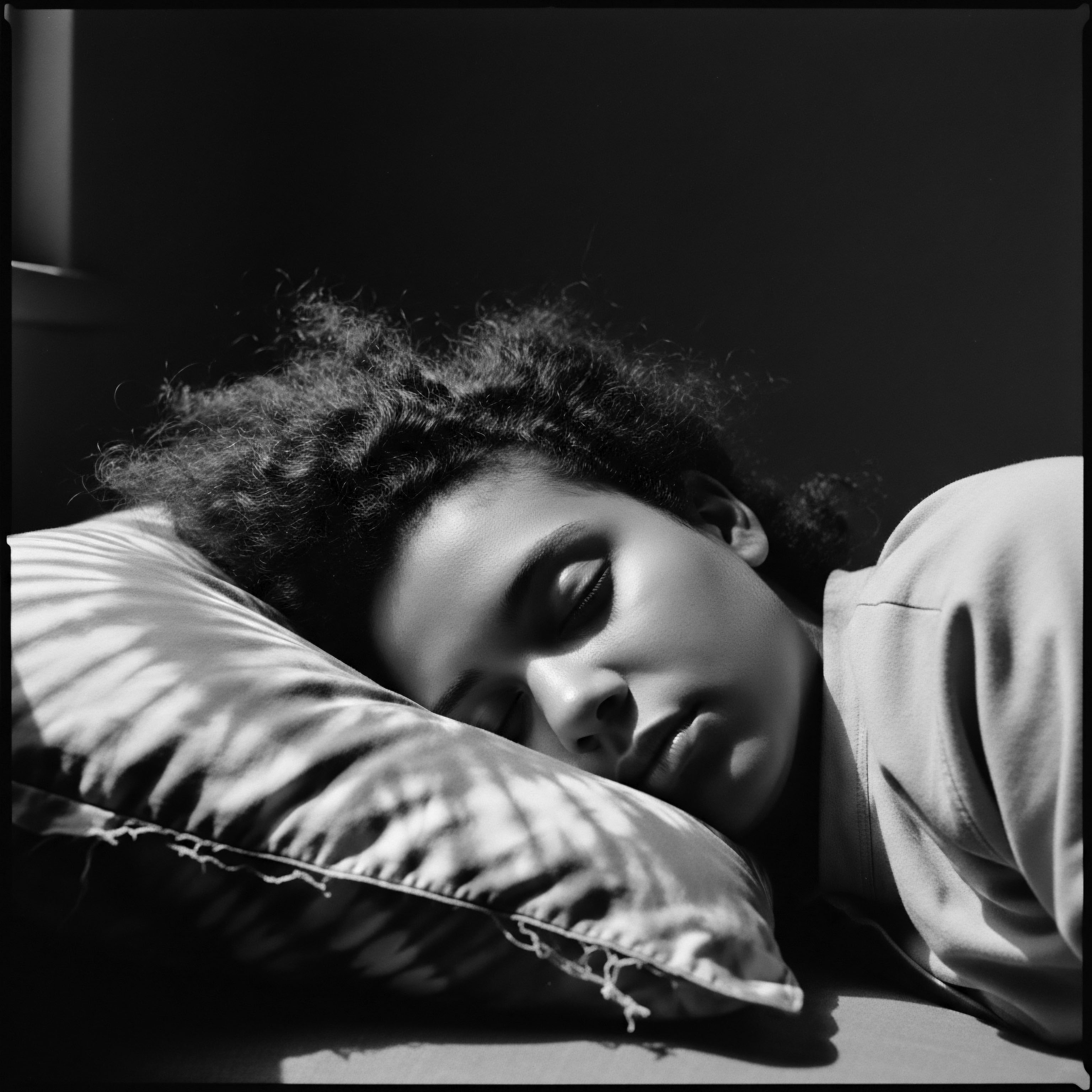
Relay
The relay of knowledge, generation to generation, concerning textured hair care is one of cultural preservation and quiet triumph. Night protection, in this context, is not merely a segment of a beauty routine but a tangible link to an ancestral legacy of self-possession and defiance. It speaks to a deep, inherent understanding of the hair’s unique physiological needs and the societal pressures that have historically sought to diminish its natural splendor. This understanding, though sometimes unwritten, has been passed down through familial lines, often in hushed tones or through unspoken demonstrations, affirming the profound connection between care and identity.
The scientific understanding of hair’s vulnerability at night only serves to affirm the wisdom of our ancestors. Textured hair, due to its structure, tends to have an uneven cuticle layer which is more susceptible to lifting and damage from mechanical stress. As we move in our sleep, friction against common bedding materials like cotton can wreak havoc, causing the cuticle to fray, leading to frizz, split ends, and ultimately, breakage. This nightly attrition, accumulated over time, directly impedes length retention and diminishes the hair’s vibrancy.
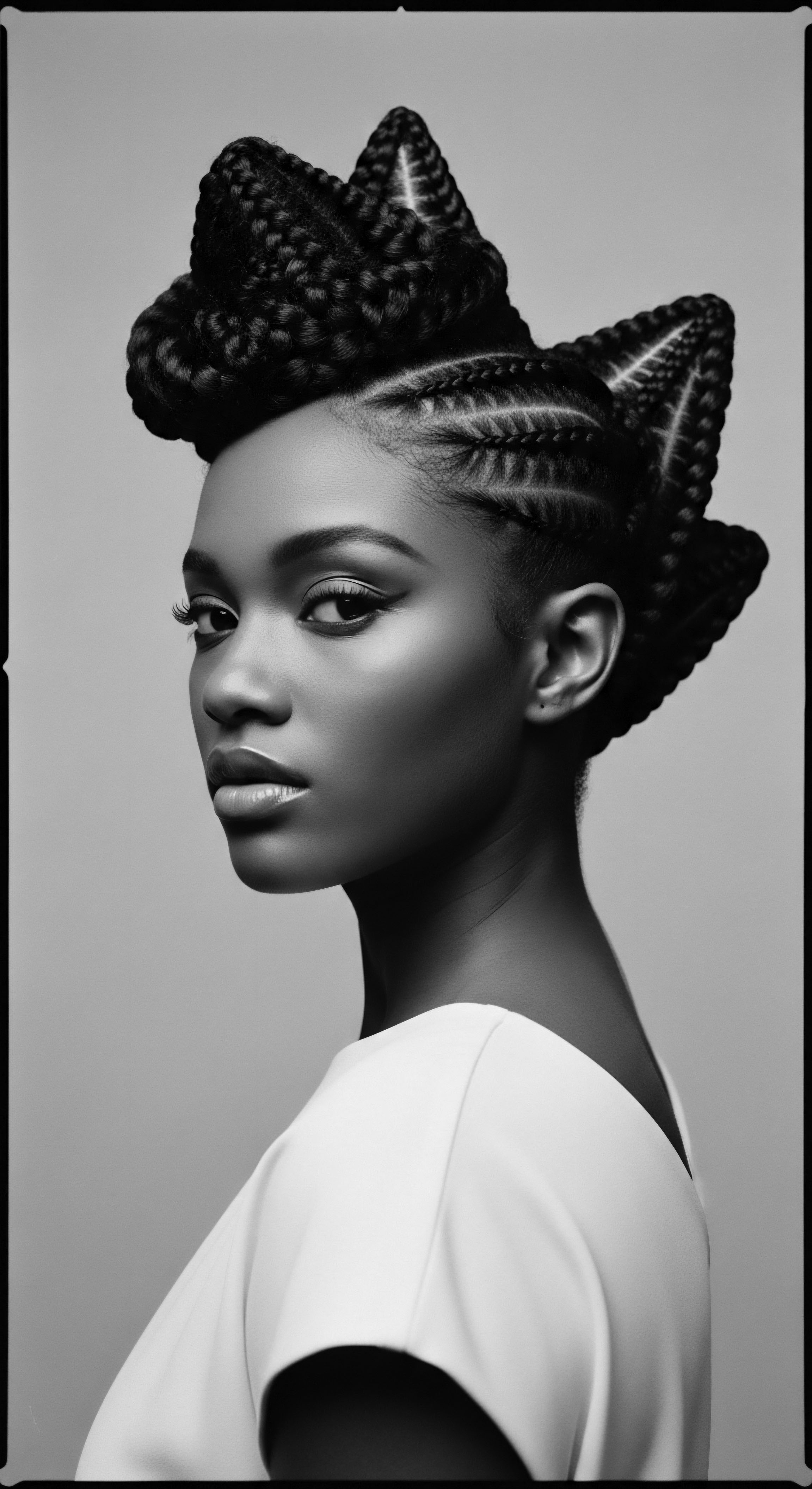
Does Night Protection Contribute to Length Retention?
Indeed, the consistent practice of night protection is a cornerstone of length retention for textured hair. When hair is shielded from friction and dehydration during sleep, it experiences significantly less breakage. Think of it as protecting a delicate thread from constant abrasion.
Each night, without protection, the ends of the hair, particularly the fragile tips, can rub against the pillow, leading to microscopic tears in the cuticle. Over time, these tears accumulate, causing visible split ends and forcing the hair to break off, negating any growth from the root.
The journey of length retention for textured hair often finds its steadfast ally in the consistent practice of night protection.
A study published in the Journal of the American Academy of Dermatology by Franbourg, Hallegot, Baltenneck, Toutain, and Leroy (2003) on ethnic hair characteristics, while not explicitly focusing on night protection, illuminates the inherent fragility of textured hair. Their findings emphasize that the unique morphological features of African hair, such as its elliptical cross-section and high curl density, contribute to a higher propensity for breakage compared to other hair types. This scientific validation of texture’s inherent vulnerability underscores the critical role of protective measures, including those undertaken during sleep, in minimizing mechanical stress and preserving the hair’s integrity to achieve and maintain length.
The nightly use of silk or satin head coverings dramatically reduces this mechanical stress, allowing the hair to grow unimpeded and retain the length it gains. This is a practical application of scientific understanding, resonating with ancestral practices.
- Reduced Friction ❉ Smooth materials like silk or satin prevent snagging and pulling of delicate hair strands during sleep, avoiding micro-tears.
- Moisture Preservation ❉ Unlike absorbent cotton, these materials allow hair to retain its natural oils and applied moisture, preventing dryness and brittleness.
- Minimized Tangles ❉ Hair remains contained and less prone to knotting, reducing the need for aggressive detangling in the morning, which often causes breakage.
- Style Preservation ❉ Helps maintain the definition of protective styles, reducing manipulation and restyling, thus limiting wear and tear on the hair.
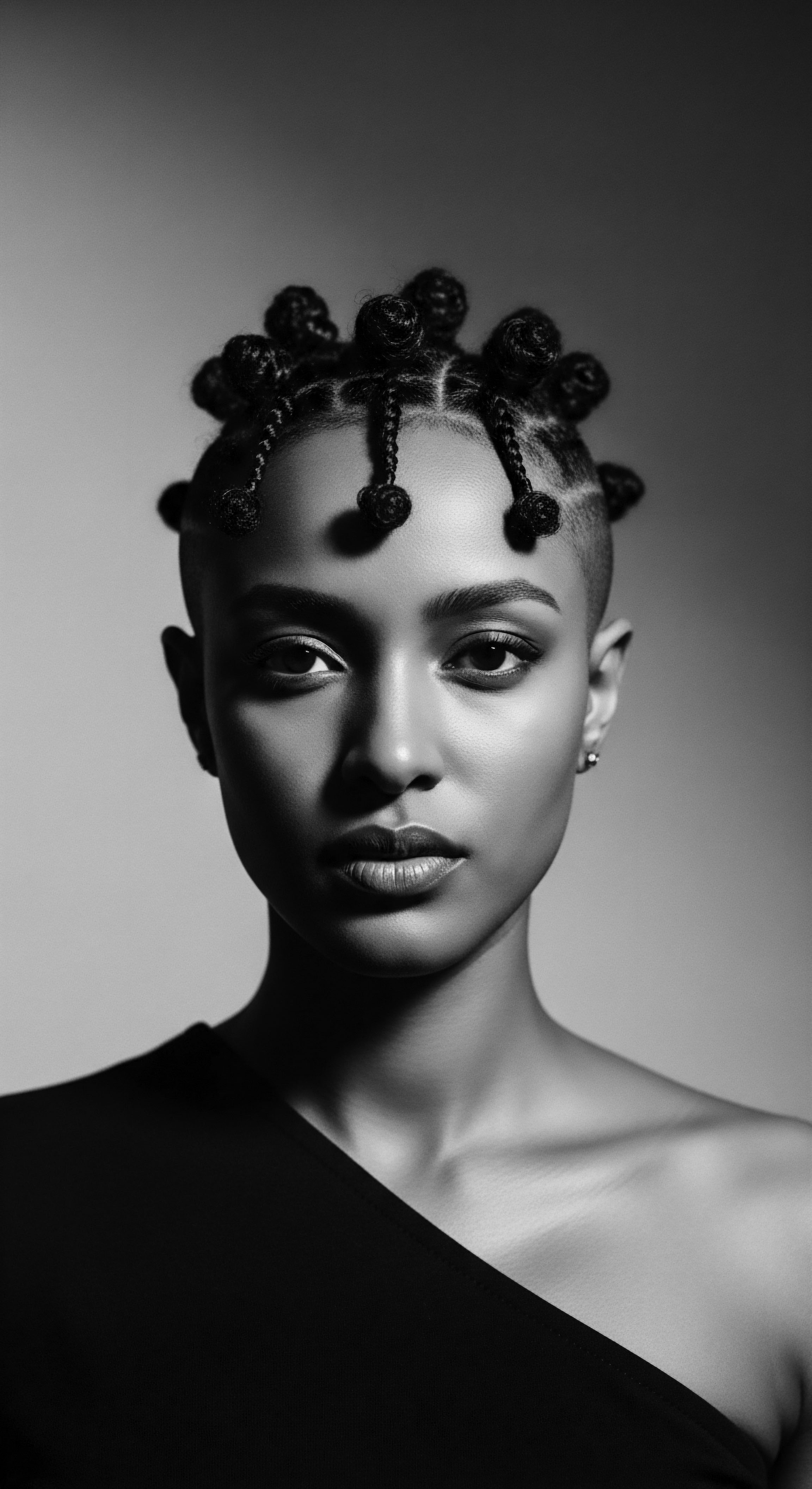
Is Night Care a Form of Ancestral Self-Care and Identity?
Beyond the purely physical benefits, the act of night protection for textured hair carries a profound cultural and historical weight. For centuries, hair has been a potent symbol of identity, status, spirituality, and resistance within Black communities. To protect one’s hair, particularly at night, was a quiet act of defiance against a world that often sought to erase or devalue Black beauty. It was an affirmation of self, a commitment to preserving a vital aspect of one’s cultural inheritance.
The communal experience of hair care, often involving generations, imparted not just techniques but also a deeper reverence for hair. Grandmothers and mothers taught their daughters and sons the importance of these rituals, embedding the knowledge within the very fabric of family life. This generational transfer of wisdom, centered on the preservation of textured hair, represents a powerful form of ancestral self-care.
It recognizes hair as a connection to heritage, a visible link to those who came before, and a statement of pride. The simple act of donning a bonnet or wrapping a scarf before bed becomes a continuation of this legacy, a silent acknowledgment of the strength and beauty inherited.
Moreover, in many African and diasporic cultures, hair was intimately connected to concepts of power and spiritual connection. The crown of the head was often seen as a conduit for divine energy, and protecting it, even during sleep, was a sacred duty. This spiritual dimension, though perhaps less overtly articulated in modern contexts, still underscores the profound respect that many hold for textured hair and its care. The relay of this understanding, across oceans and through time, speaks to the enduring significance of night protection as a holistic practice—body, spirit, and heritage intertwined.
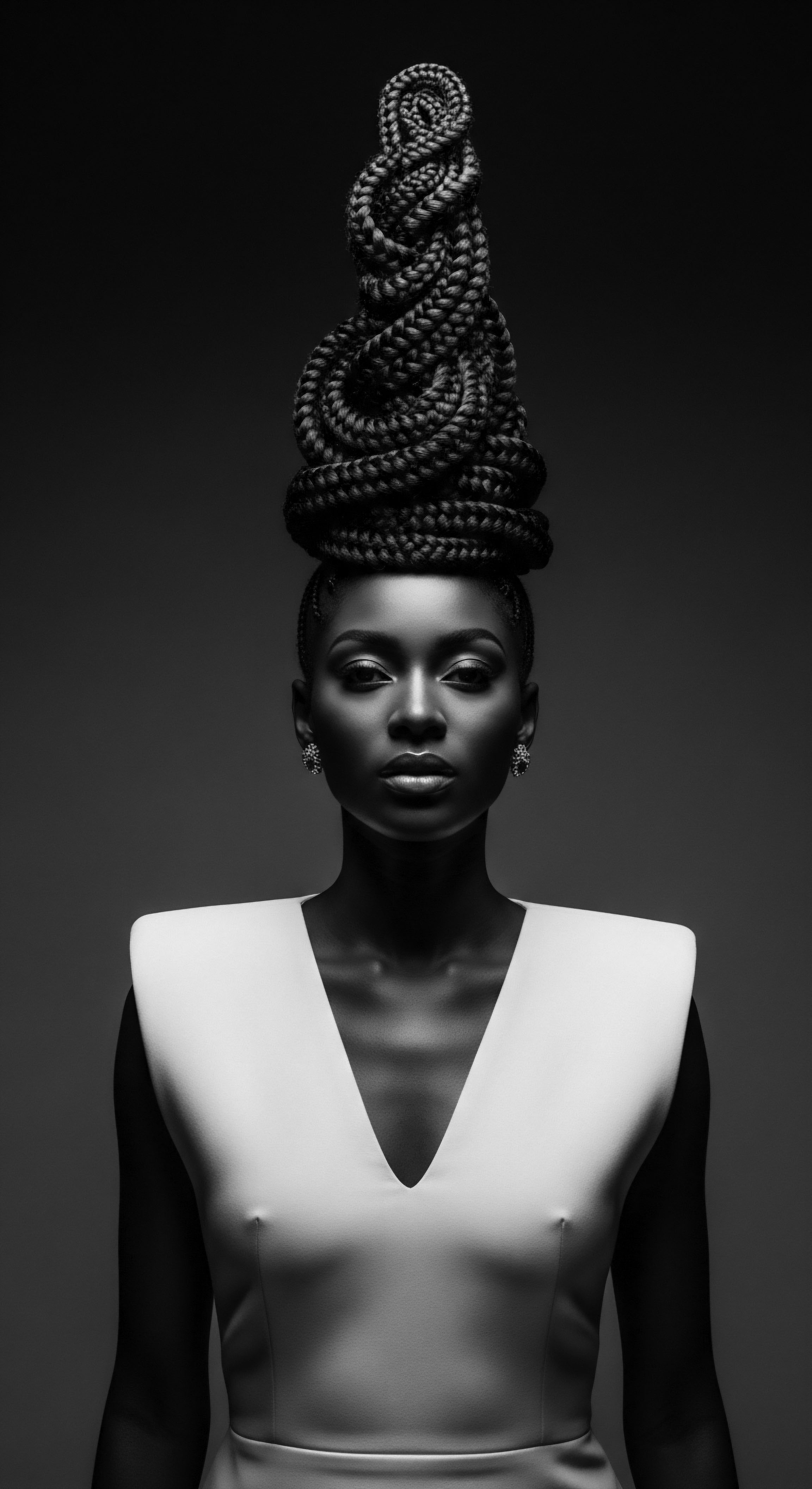
Reflection
The tender act of shielding textured hair as night descends is far more than a contemporary hair care tip; it is a resonant echo from an enduring past, a practice steeped in generational wisdom and profound understanding of self. The journey of textured hair, from the deep roots of its biological architecture to its vibrant expression in cultural identity, consistently returns to the necessity of deliberate care, particularly during the vulnerable hours of repose. The smooth whisper of silk against coils, the gentle embrace of a bonnet, or the careful arrangement of twists before sleep — these actions are not new inventions. They are a continuation, a living legacy, of ancestral ways that honored the intrinsic beauty and resilience of hair, recognizing its delicate splendor and the constant need for its preservation.
This timeless ritual serves as a quiet reaffirmation of identity, a link to the hands that first braided and nurtured, to the voices that shared stories of hair’s power and its connection to the very soul of a people. It speaks to the intuitive science of those who observed, learned, and passed down truths about moisture, friction, and the pathways of growth, long before the advent of modern trichology. The act of night protection is, therefore, a tangible testament to the enduring heritage of textured hair care, a practice that transcends mere aesthetics to become a deep commitment to wellbeing, cultural pride, and the continued blossoming of every unique strand. It is a daily homecoming to the wisdom of our forebears, ensuring that the legacy of strength and beauty continues to unfold, luminous and unbound.
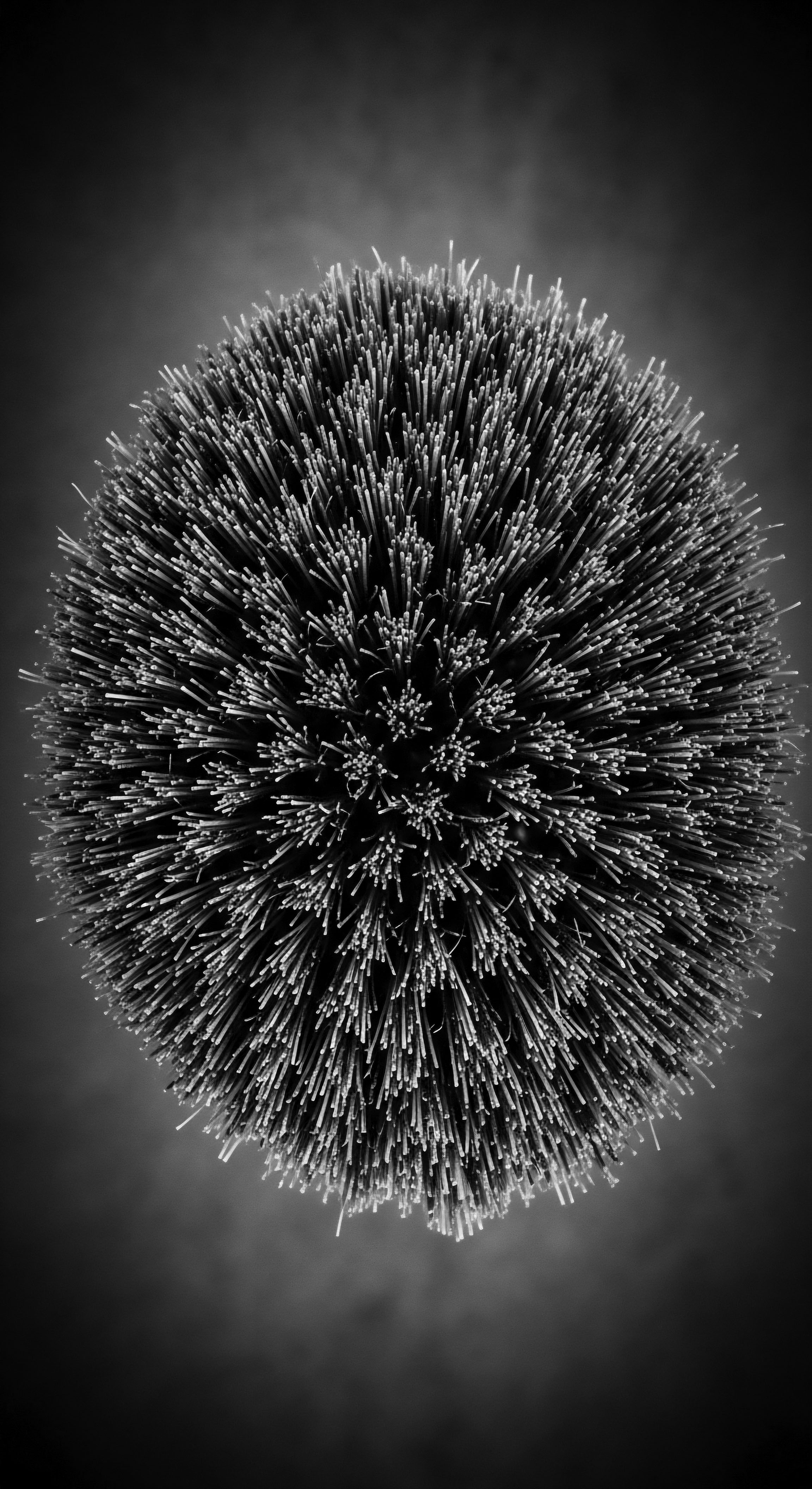
References
- Byrd, A. & Tharps, L. (2001). Hair Story ❉ Untangling the Roots of Black Hair in America. St. Martin’s Press.
- Franbourg, A. Hallegot, P. Baltenneck, F. Toutain, C. & Leroy, F. (2003). Current research on ethnic hair. Journal of the American Academy of Dermatology, 48(6), S115-S119.
- Mercer, K. (2009). Hair Story ❉ Untangling the Roots of Black Hair in America. St. Martin’s Press.
- Spickard, P. R. (2009). Race and Nation ❉ Ethnic Systems in the Modern World. Routledge.
- Akerele, O. (1991). The Nigerian woman and traditional cosmetics. The International Journal of Dermatology, 30(2), 118-120.
- Banks, I. (2000). Hair Matters ❉ Beauty, Power, and the Politics of Hair in African American Culture. New York University Press.
